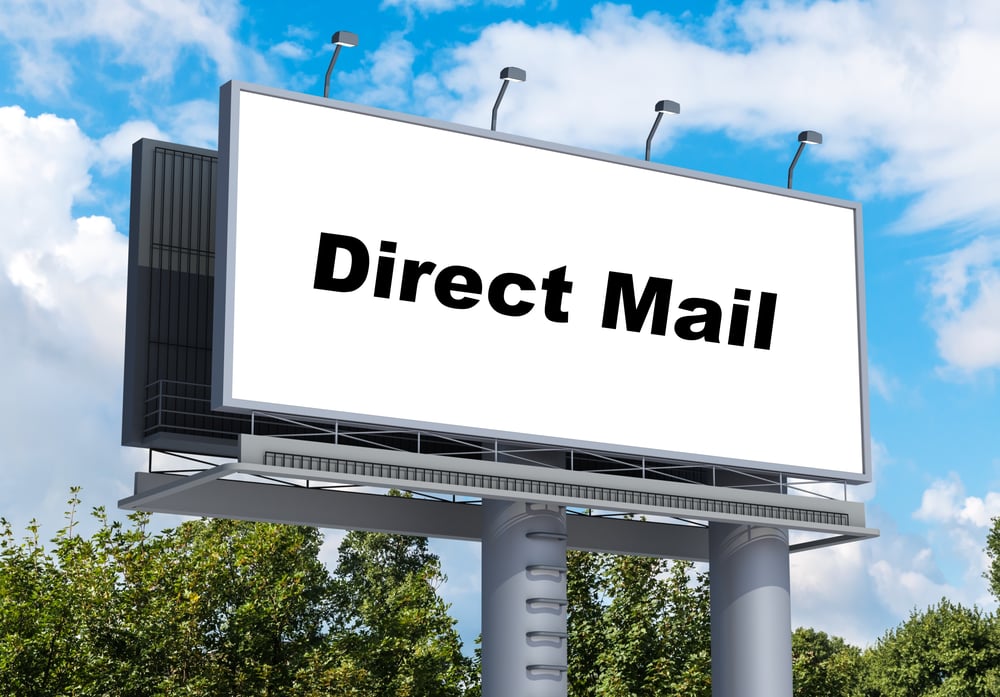
Every time you mail an existing or potential customer a letter and ask them to respond or take action, you are running a direct-mail campaign. Direct mail is a marketing strategy that can help you achieve a number of business objectives. From lead generation to customer retention, direct mail campaigns are a highly versatile and relatively cost-effective choice for business promotion.
What you probably don’t realize is that direct mail is one of the most targeted marketing strategies you can implement, and one of the easiest to track, measure and analyze results. It is also one of the most personal. Instead of an advertisement, flyer, newspaper insert or catalogue, you are sending each customer a personalized letter that is tailored to their unique needs and desires.
Getting the most out of your direct mail campaign is easy. With a laser-sharp mailing list and irresistible offer, your direct mail campaign can easily flood your business with qualified leads.
A List of Ideal Customers
Unless you spend time carefully crafting a mailing list of ideal customers, you may as well pack and up go home. The success of a direct mail campaign largely rests on the pinpoint accuracy of your mailing list.
The only people you want on your list are your potential “ideal customers.” The people who are most likely to buy from you – often and in large volumes – and who are a delight to deal with. They are the type of people who will account for 80% of your revenue, and just 20% of your total customer base.
You have a number of options when you are creating your mailing list:
· Existing customer database. This is a list of all of the people who have previously purchased from you. It is important to gather their full contact information at the time of sale so you will be able to get contact them again.
· Existing leads database. This is a list of all of the leads that have come through your door, but have not purchased from you. This may include those who responded to your last direct mail campaign, but have not yet become customers.
· Outsourced list. This is a list that has been purchased from a market research firm, the government, or the post office. These lists are pulled based on demographic information – age, sex, location, income, family structure, etc.
Putting the mailing list together
Once you have determined the source(s) for your mailing list, you will have to spend some time assembling it and preparing it for your mailing.
1. Make sure all contacts are up to date. Phone old contacts to confirm their mailing address. An out-of-date list will cost you money in printing and postage.
2. Ensure all contacts are accurate to the list criteria. Take a read through your list to make sure there are no contacts that shouldn’t be on the list.
3. Use a database management program to manage your mailing. This will allow you to keep a master list, and create custom lists for each mailing. Remember to save the file name as something that describes the mailing so you can easily find it.
Writing Effective Direct Mail Pieces
Now that you have a laser-sharp mailing list, you will want to do everything you can to target your message to the recipients on your list. An effective direct mail piece:
· Has a clear structure. The piece is clearly a letter – there is an engaging headline, clear message, point form list of benefits, and postscript.
· Features an irresistible offer. The purchase opportunity is too good for the target audience to refuse. It includes an element of scarcity and urgency.
· Focuses on customer benefits. The customer clearly understands “what’s in it for me?” The product or service is clearly positioned as something of value and a solution to a need, problem, or desire.
· Is personal and conversational. The letter is personally addressed, and reads as though it was composed specifically for the recipient. It is written in conversational tone, with short sentences and limited description.
· Is short. The letter communicates what it needs to, and closes. It does not go on for pages in length. The messages are clear, succinct, and simple.
· Is urgent. The piece gives the reader to act immediately. There is a time limit or a quantity limit to the offer that requires an urgent response.
· Includes a Postscript. The offer or urgency is repeated after the signature at the bottom of the letter. Like a headline, everyone will read the P.S.
Once you get all of these components, the only thing left to do is put the stamps on the envelope and take them to the post office. If you have questions or want to hire me to do your direct mail for you, click below.







